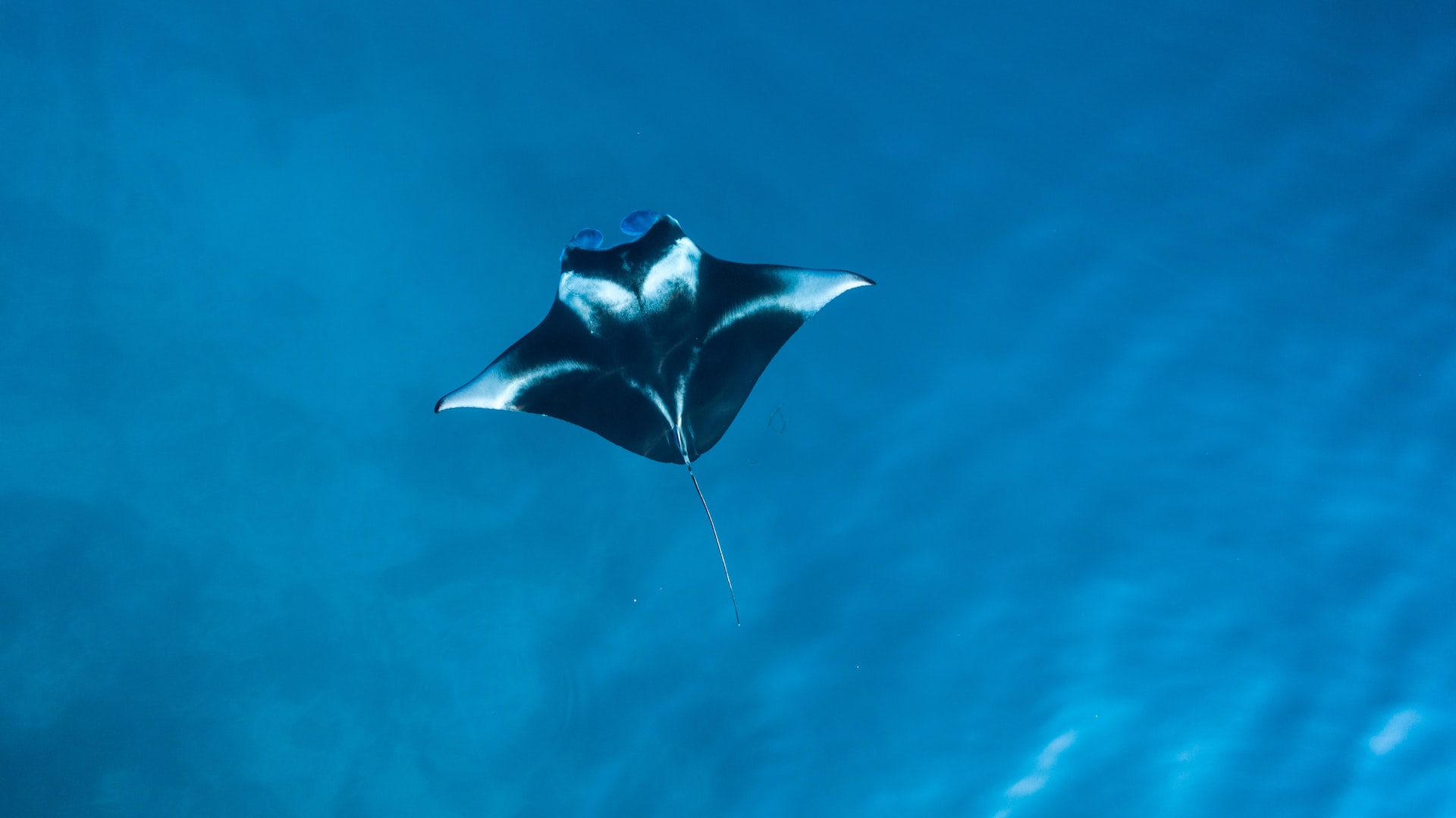Manta rays are one of the most interesting creatures in the ocean. With their large size and unique shape, they are a sight to behold. But there is more to these creatures than meets the eye.
In this guide, we will explore all aspects of the manta ray, from their anatomy to their ecology. We will also discuss some of the threats they face and what can be done to help protect these amazing animals. So dive in and learn all about the manta ray!
Where are manta rays found
Manta rays are a type of fish that belongs to the ray family. They are closely related to stingrays and eagle rays. Manta rays are the largest species of ray, with some individuals reaching sizes of up to 23 feet in width! These massive creatures can weigh up to 3,000 pounds.
Manta rays are found in tropical and subtropical waters all over the world. They typically inhabit shallow coastal areas, but can also be found in open ocean waters. Manta rays are often seen near coral reefs where they feed on plankton and small fish.
Anatomy of a manta ray
Manta rays have a flat, disk-shaped body with large triangular pectoral fins. They have a long tail that is usually not fused to the body. Manta rays do not have any scales on their skin, which is covered in a thick layer of mucus. This mucus helps to protect the ray from parasites and injuries.
Manta rays have two small eyes on the sides of their head. They also have a large mouth that is located on the underside of the body. The mouth is surrounded by 10-12 gill slits. Manta rays breathe by drawing water in through their gills and then pushing it out through their mouths. Manta rays are filter feeders, which means that they strain food from the water. They feed on plankton, small fish, and other tiny marine creatures. Manta rays typically eat around 12-16% of their body weight every day!
What do they eat
Manta rays are filter feeders, which means that they strain food from the water. They feed on plankton, small fish, and other tiny marine creatures. Manta rays typically eat around 12-16% of their body weight every day! Manta rays reproduce via a process called parthenogenesis. This is when an egg develops into a baby without being fertilized by a male. Parthenogenesis is a rare form of reproduction that only occurs in a few species of animals.
Manta rays give birth to live young. Baby manta rays, called pups, are usually about 2-3 feet wide at birth. They are born with all of the same body parts as an adult manta ray. Pups typically stay close to their mothers for the first few years of life.
Manta rays in captivity
Manta rays are not often seen in captivity. This is because they require a large tank with plenty of space to swim. Manta rays also need special filtration systems that can remove the plankton from their water. As a result, there are only a handful of facilities in the world that house manta rays.
The most famous manta ray in captivity is named “Chevron.” Chevron was brought to the Shedd Aquarium in Chicago, Illinois in 1933. He was originally captured off the coast of Florida and was only 2 feet wide at the time. Chevron died in 1987, but he was estimated to be about 18 feet wide when he died. The largest manta ray in captivity is named ” Freckles.” Freckles is a male manta ray that lives at the Okinawa Churaumi Aquarium in Japan. He was captured off the coast of Australia in 2009 and is 21 feet wide.
Threats to manta rays
Manta rays are not considered to be endangered at this time. However, they are threatened by overfishing, pollution, and habitat loss. Manta rays are often accidentally caught in fishing nets intended for other fish.
They are also hunted for their meat, cartilage, and skin. The gill plates of manta rays are especially prized in Chinese medicine. As a result of these threats, manta ray populations have declined in some areas of the world.
